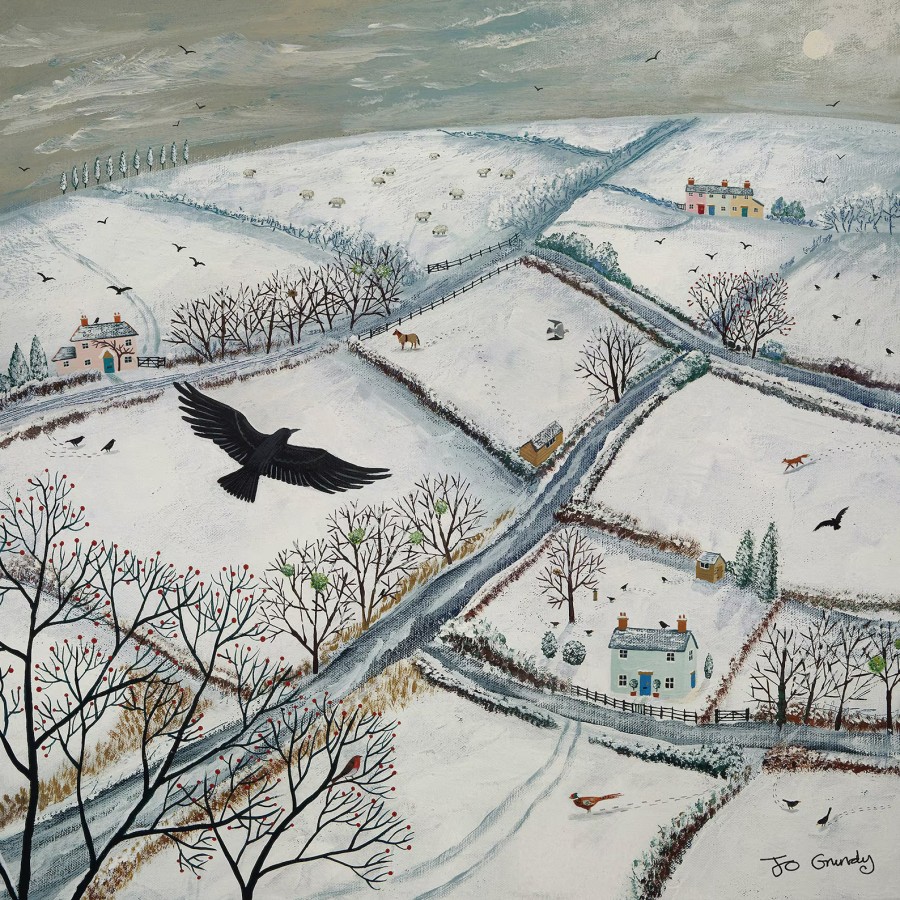Take A Trip to an Independent Theatre

If you’re fed up with the same old blockbuster routines, an independent theatre lets you see something real and close to home. These venues give a voice to local talent and create a space where every show feels personal.
Cornwall’s Minack Theatre (above) sits on the cliffs above Porthcurno Beach in Cornwall. Built almost entirely by hand, the theatre’s stone seats carve into the hillside, and the ocean forms a natural backdrop.
Why Independent Theatres Matter
Independent theatres are more than just places to catch a show. They shape the identity of our neighbourhoods, create strong ties among locals, and give today’s performers and behind-the-scenes teams a steady place to grow.
History and Community Roots
Independent theatres in England have deep community roots, dating back to the late 19th and early 20th centuries. Many of these venues began as converted halls, church spaces, or old cinemas, run by enthusiastic groups who wanted performance to be within everyone’s reach.
What set them apart was local support: funding often came from neighbours, charitable donations, and passionate volunteers, not big corporations.
These spaces have stood the test of time because they belong to those who use them. People pitch in, buy tickets, and help with everything from programmes to painting sets. Their walls carry decades of memories, from grand openings to charity nights.
Some historic indie venues that still thrive today include:
- The Old Red Lion Theatre (Islington, London): Open since 1979, above a classic pub, it’s helped launch many popular playwrights.
- King’s Head Theatre (London): Famous for being the first pub theatre since Shakespeare’s time, it opened in 1970.
- Liverpool Everyman Theatre: Built with community funds after World War II and now home to some of Britain’s best-known talent.
The continued life of these theatres proves how much locals care about having an accessible space for the arts, just down the road.
Supporting Jobbing Actors
These theatres offer jobs to those who keep the industry running—from actors juggling paid gigs to directors, lighting experts, set builders, and front-of-house staff. When you buy a ticket, you help pay someone’s weekly rent or fund their next big idea.
Why does this matter? Because steady paid work, even in smaller houses, keeps skills sharp. An indie show might be a young actor’s first professional role or an experienced performer’s chance to try something new. The same goes for costume designers or stage managers testing fresh ideas without the pressure of a west-end budget.
The impact on the stage can be seen in:
- Fresh talent finding their voice in real shows, not just auditions.
- Experienced performers staying in work during quieter months between bigger jobs.
- Local creatives building networks, friendships, and reputation.
Unique Productions and Risk‑Taking
Big theatres often play it safe with familiar plays and big draws. Independent venues, on the other hand, take more chances with what they put on stage. Here, smaller budgets mean freedom—directors and writers try new scripts, explore local issues, or choose forms of storytelling you won’t find elsewhere.
If you’ve ever seen a show that felt truly original, there’s a good chance it started off-Broadway or in an indie hall. These stages host:
- Experimental plays: Scripts that test new ideas about how stories can be told.
- Local stories: Plots rooted in the area’s own history, culture, or recent headlines.
- Bold staging: No room for fancy effects often leads to creative sets, inventive lighting, or even performances that spill into the audience.
For audiences, this means seeing work that feels alive and raw. Writers and directors talk about seeing risks pay off right in front of their eyes. Local fans see themselves reflected on stage in ways big productions sometimes miss.
Finding the Right Indie Theatre
With so many independent theatres tucked into cities, coastlines, and market towns across England, finding one that matches your style can feel like a treasure hunt. Whether you want classic drama or fresh writing, an open-air show or an offbeat black box, picking the right venue makes all the difference. The key is knowing where to look and what to expect.
Here are some top places to find up-to-date indie theatre events:
- Regional arts calendars: Most larger towns and cities have an official or local arts website. Look for listings like “Visit London,” or “Manchester What’s On,” which post events for smaller venues and touring companies.
- Tourism boards: Don’t skip the ‘What’s On’ pages at official tourism sites—even smaller towns like St Ives or Bath publish seasonal guides to indie productions.
- Local newspapers: Many still run print and online entertainment sections with details you won’t find elsewhere.
- Ticket platforms focused on smaller venues: Sites like Art Tickets (run by the Arts Society), See Tickets, and Ticketsource often list fringe and grassroots events.
Small Fringe Theatres across England
For every big-name theatre, a handful of smaller houses keep the energy crackling. These venues may not have glossy foyers, but they win people over with bold programming and lively crowds.
Here are a few worth putting on your map:
- The Bush Theatre (London)
Renowned for new writing, The Bush sits in a converted library close to Shepherd’s Bush Market. It’s a champion of emerging voices and has launched many careers. Shows blend sharp humour, hard-hitting themes, and local stories. - The Octagon Theatre (Bolton)
This recently refurbished venue in Greater Manchester prides itself on accessibility and community outreach. Local playwrights get as much stage time as classics. You’re just as likely to see a gripping family drama as a laugh-out-loud modern comedy. - The Old Fire Station (Oxford)
Mixing art gallery, café, and a flexible black-box stage, this central Oxford spot gives a home to city talent and touring acts alike. The focus here is on collaboration, with a strong link to social change and inclusion.
What to Expect on the Night
Arriving at an independent theatre feels different from a trip to a big city venue. The people are friendlier, the lights might be a bit softer, and you can feel the energy buzzing even before the curtain rises. It’s the sort of night where you walk in as part of the crowd and, somehow, leave feeling like you were part of the show.
Seating can be just as unique as the shows themselves:
- Flexible layouts: Some have traditional rows, but many use benches, cushions, or even beanbags. Others might swap layouts depending on the performance.
- Standing room: Don’t be surprised if you’re offered a spot to stand, especially during fringe festivals or late-night shows. It can actually boost the energy and make you feel part of the action.
- Close-up views: You’ll often find yourself only a handful of metres from the actors. There’s almost never a “bad seat” in the room.
- Informal vibe: You might notice old cinema chairs, patchwork upholstery, or walls covered in posters. It’s lived-in, homely, and relaxed.
- Quirks and charm: Expect odd touches, like fairy lights, handwritten show signs, or even the distant sound of a pub or street outside.
Ticket Prices and Concessions
One of the best things about independent theatres is how much more accessible they are than big national venues. Tickets are often budget-friendly, especially if you’re quick to book.
A typical ticket for an adult is £10 to £25, with concessions for students, seniors and community groups. Some even have pay-what-you-can tickets, on a sliding scale.
Discounts can pop up for early birds, regulars, or members. Some shows offer “preview nights”, where tickets are even cheaper as the cast iron out the final details.
Concessions at the bar may surprise you. Forget the expensive drinks or standard popcorn tubs. Lots of venues offer locally baked treats, craft beers, or simple sweets. Sometimes you’ll find a tuck shop run from a table in the hall or a pop-up bar with homemade cocktails. Food and drink add to the relaxed, homespun feel.
Pre-show and Post-show Experiences
There’s usually more to the night than just sitting down and watching a play. Many independent theatres pull out extra stops to help you learn, socialise, and make the most of your visit.
Arrive early and the doors might lead you to:
- A friendly bar area with local ales or house wines. Here, you can mingle, meet the cast, or just soak up the buzz as everyone arrives.
- Programme notes or free sheets that include cast bios, director’s notes, and fun facts about the show.
After the show, stick around. It’s common for cast and crew to chat to the audience as the seats empty out. Some nights offer:
- Talkbacks or Q&A sessions, where the director explains choices or actors share backstage stories.
- Meet-and-greet chances so you can thank an actor or snap a quick photo.
- Pop-up events like live music or poetry readings on select evenings.
Nothing is rushed. You’re invited to take your time, have one more drink, and let the night settle before heading home. For many, these moments are as memorable as the play itself—a chance to feel connected, inspired, and genuinely welcome.
Engaging with cast and crew
Independent theatres often break the usual divide between stage and seats. The people behind the production are rarely kept at arm’s length, so you can get closer to the creators and learn more about the magic you just watched.
- Ask questions during talkbacks: Many venues host informal Q&A sessions after the final curtain. This is your chance to ask about creative choices, character backstories, or how the team made things work on a shoestring budget. Cast and crew usually love hearing what stood out to you and are often happy to share stories you won’t find in the programme notes.
- Join workshops: Keep an eye out for short courses or one-off classes. These might focus on acting, stage makeup, set painting, or scriptwriting. Even if you’ve never stepped on stage, a workshop drops you right into the creative process and helps you see just how much work goes into every show.
- Volunteer for a night: Some indie theatres survive thanks to people who pitch in. You could hand out programmes, pour drinks, or help backstage. It’s a simple way to get to know the team, see how things work, and enjoy a real sense of belonging.
Supporting the theatre after the show
The ticket you buy goes a long way, but indie venues depend on a bit more than sales to keep running. Small actions can really make a difference in keeping the doors open and the lights on for the next crowd.
Supporting local theatre helps keep it alive for your next visit. It’s a simple gesture that gives back far more than what you spend.
Recommend to friends: A direct tip is still gold. Mention your night out at work, in group chats, or in a local community. A simple “I loved this place—go if you can” does wonders.






